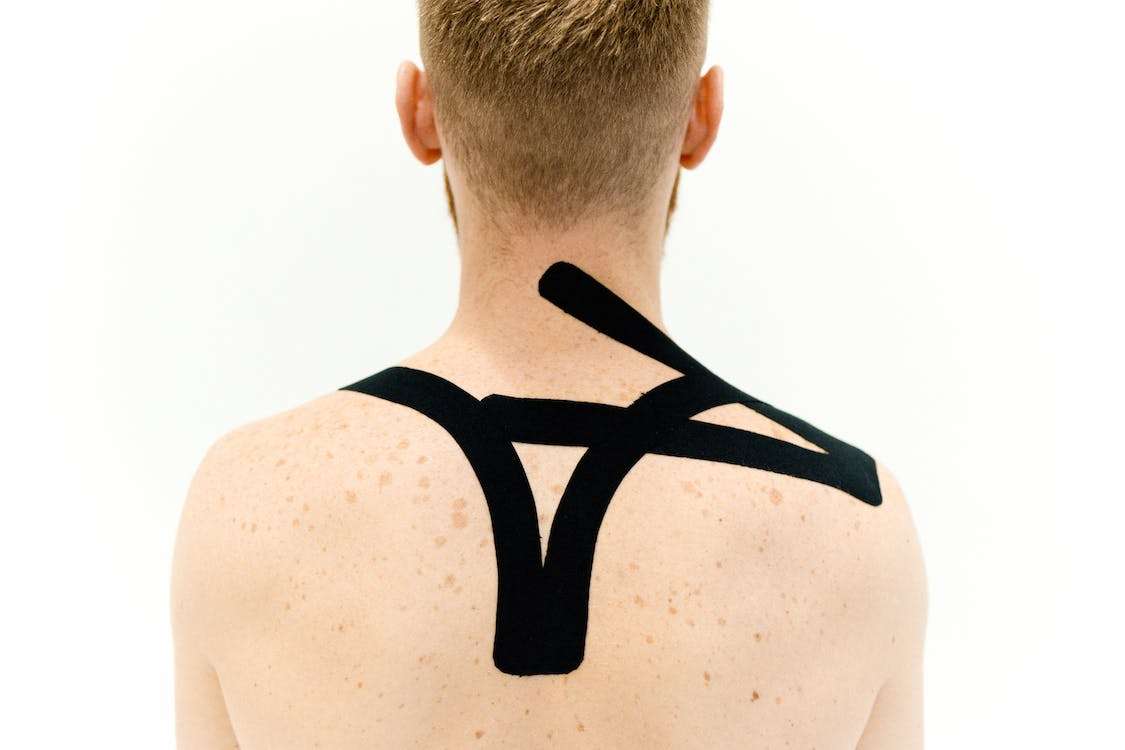
Feb 21,2024
Kinesiology tape is also known as Kinesio or therapeutic tape. It is a flexible and elastic adhesive tape. It is used to support and steady muscles and joints. The tape is generally made of cotton or synthetic fibers with an acrylic adhesive. Its elasticity allows it to stretch and move with the body.
Kinesiology tape is thought to reduce pain. It does this by supporting injured or overused muscles and easing pressure on pain-sensitive areas. It can be used to manage pain associated with muscle strains, sprains, and various musculoskeletal conditions.
The tape is unique. It can offer extra support and stability to joints, tendons, and ligaments. It can help improve joint function and reduce the risk of further injury during physical activity.
The tape's how it's applied and its ability to lift the skin slightly may reduce swelling. They do this by improving drainage and circulation in the lymph and blood.
Some athletes use kinesiology tape to boost performance. It increases proprioception (body position awareness) and may delay muscle fatigue.
You can apply kinesiology tape to encourage better posture and body alignment. This may reduce strain on certain muscles and joints.
The tape can help activate weak or inhibited muscles. It does this by giving tactile feedback to the body. This feedback encourages proper movement.
Various kinesiology tape brands are available on the market, each with slightly different features and compositions. Some common types include:
This type of tape is usually made of cotton fibers and features an acrylic adhesive. It is comfortable, breathable, and suitable for individuals with sensitive skin.
These tapes are made from nylon or polyester. They are extra durable and resist moisture. So, they are ideal for water sports and activities.
Some kinesiology tapes come in pre-cut strips or shapes. These shapes make it easy to apply the tape to specific body areas, like the knee, shoulder, or elbow.
The tape's color doesn't affect its performance. Some brands offer various colors. These can be nice to look at or used for specific purposes, like color-coding body parts.
Kinesiology tape can help with specific conditions. But, it's not a substitute for medical evaluation and treatment.
For an injury or medical condition, consult a qualified healthcare provider or physical therapist. Do this before using kinesiology tape or other treatments.
E-commerce platforms like Amazon and eBay are not the only go-to options when it comes to buying Kinesio tapes. Many brands of kinesiology tape are on the market, like KT Tape and RockTape. They are successfully selling this fantastic product. Choosing among these great brands is difficult and costly in some cases.
Some brands use kinase tape products for sports performance; others are intended for lymphedema and swelling management.
The cost varies by brand and platform. Nonbrand kinesio tapes are usually cheaper and available at the following places.
Many pharmacies and drugstores carry kinesiology tape, especially in larger chains and stores with a sports medicine section.
Stores that specialize in sports and athletic equipment often carry kinesiology tape.
E-commerce platforms, like Amazon and eBay, are convenient options. They let you browse and buy different brands of kinesiology tape.
Some medical supply stores may carry kinesiology tape for therapeutic purposes.
Stores focusing on sports medicine and physical therapy products will likely have a selection of kinesiology tape.
Good brands and suppliers are rare in the tough competition. But, here are some of the well-known names in the market. Users can count on them.
KT Tape is one of the most recognized and widely used brands of kinesiology tape. They offer a variety of products for different body parts and conditions.
RockTape is another famous brand known for its high-quality kinesiology tape products. They offer a range of tapes in different colors and patterns.
planetvff specializes in pre-cut foot and wrist kinesiology tape designed to provide ease to the user.
Mueller is a well-established sports medicine brand that also produces kinesiology tape.
Kinesio is one of the first kinesiology tape brands. They make high-quality tapes for different uses.